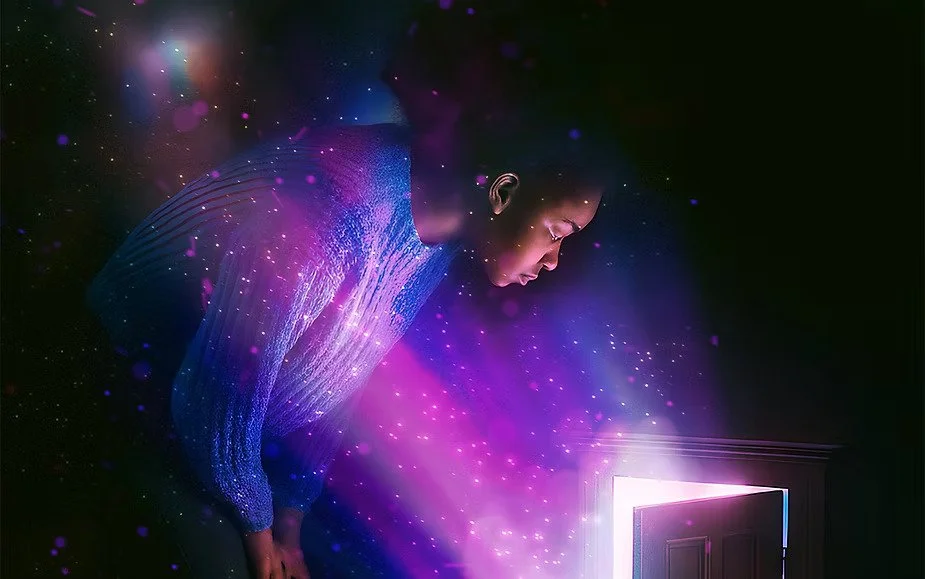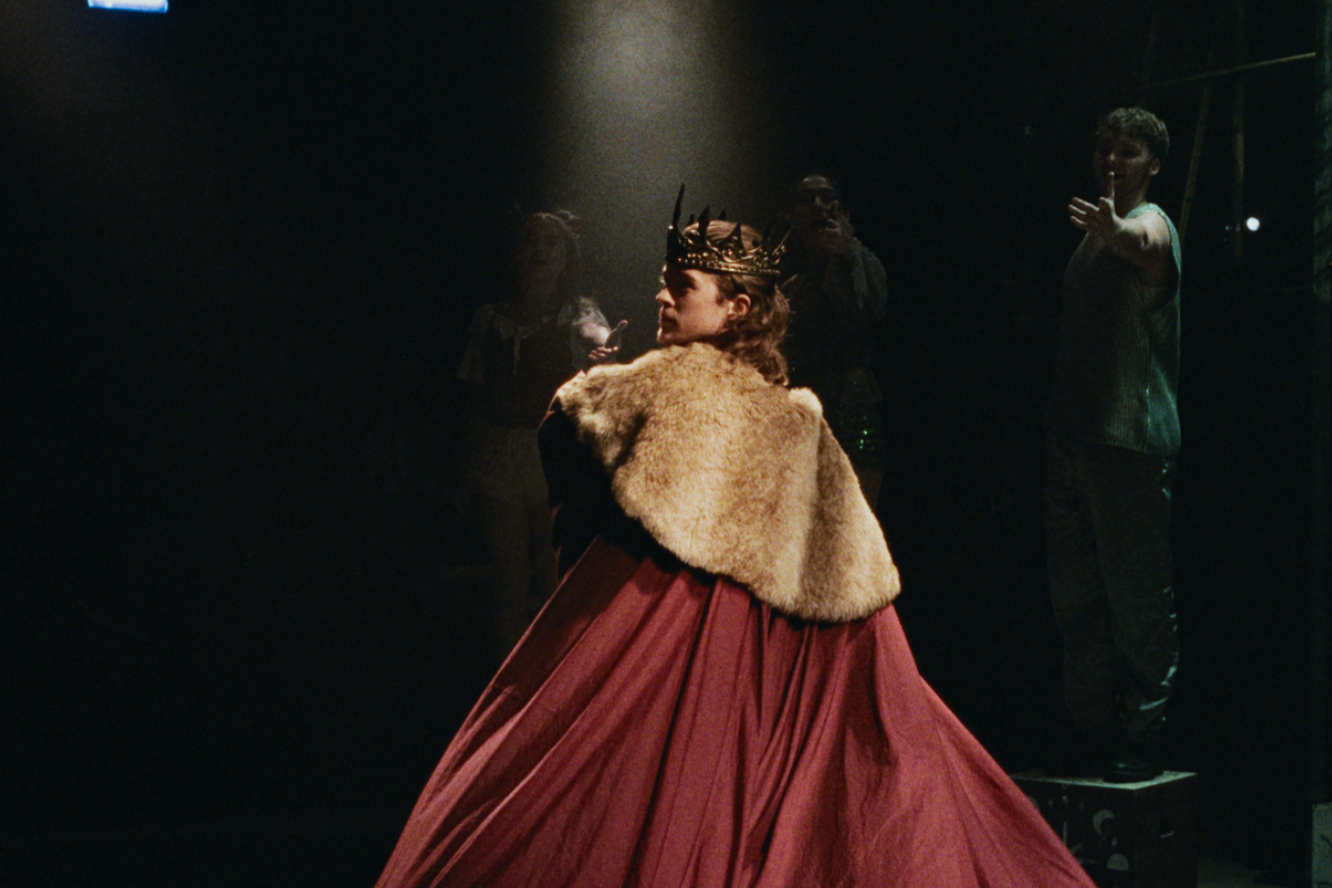Ballet to Broadway: Wheeldon Works at Royal Ballet and Opera House Review
Ballet to Broadway ‘An American in Paris’. Photo by Johan Persson.
By Rainy J.
In Ballet to Broadway, the Royal Ballet presents four works by Christopher Wheeldon that show his wide choreographic range—from quiet beauty to bold theatrical flair.
The evening begins with Fool’s Paradise, a poetic and visually refined work. Akane Takada and William Bracewell lead a group of nine dancers who glide through warm golden light like living sculptures. This piece is less about storytelling and more about form—it focuses on the dancers’ lines, weight shifts, and sculptural presence. It feels like a moving artwork, unfolding slowly in time. One can sense Wheeldon’s interest in exploring the space between classical ballet and contemporary dance, both in movement language and in mood. The choreography seems to search within a single idea, shaping and reshaping it with elegance and restraint. It’s a quiet but intentional opening, and one that asks the audience to look closely.
Next is The Two of Us, a duet set to songs by Joni Mitchell. The band and singer are placed at the back of the stage rather than in the orchestra pit, giving the performance a modern and intimate feel. Lauren Cuthbertson and Calvin Richardson perform with subtlety and care, every movement delicately placed. But despite its beauty, the piece feels overly rehearsed. While technically impressive, it seems to lack the personal freedom we often expect in modern ballet. At times, the movement appears too “finished,” leaving little room for spontaneity or emotional risk.
In Us, danced by Matthew Ball and Joseph Sissens, the tone shifts. This duet is full of tenderness and quiet intensity, exploring trust and connection between two people. The choreography is simple but deeply felt. Every touch and shift of weight seems to carry meaning. Ball and Sissens bring emotional honesty to the stage, and their performance is one of the most moving moments of the night.
The program ends with An American in Paris, a joyful, stylish celebration of theatrical dance. Anna Rose O’Sullivan and Cesar Corrales shine with charisma and energy. The set design—a sleek, geometric cityscape—mirrors the clean lines of the dancers, reflecting the symmetry and structure of classical technique. Costumes with colourful stripe-like patterns echo the dancers’ directions of movement, and the Royal Opera House’s own auditorium is visible as a backdrop, blurring the line between performer and audience. This gives the piece a rare sense of immersion, as if we are seeing the stage from inside the dancer’s perspective. Its sense of space, rhythm, and visual invention makes it the most exciting work of the evening for me. It’s playful, bold, and full of layered meaning.
As I watched the program, I kept thinking about the dancers and how their training shapes the feel of the performance. Modern ballet and contemporary dance both allow for more freedom and individuality. But when dancers come directly from classical ballet, they often need time to adjust to this more expressive style. That transition isn’t just physical—it’s emotional.
I wonder how some of these works, especially The Two of Us, might feel if danced by performers who come from contemporary dance backgrounds but also have strong ballet foundations. Maybe the movement would feel freer, more personal. It’s not that one kind of dancer is better than another—it’s just that the presence they bring on stage can feel very different. And sometimes, that difference is what gives a piece its depth and resonance.
Many people new to ballet often prefer watch classical productions because they feel more “understandable,” while modern or contemporary ballet can seem distant or confusing. But for me, the heart of contemporary ballet lies not in plot or technical perfection, but in the performer’s emotional presence. That kind of presence isn’t always choreographed—it can’t always be controlled. It’s about energy—something raw and human that moves from the stage to the audience without explanation. If a viewer is constantly asking “What is this piece trying to say?” it might be a sign that the energy isn’t reaching them.
Dancers trained in classical ballet are often focused on perfection, on creating clean, beautiful lines. But freedom onstage isn’t just a choreographic instruction—it’s something the dancer must truly feel. And that feeling is difficult to fake. As a choreographer myself, I believe this is an important question: how do we balance structure and freedom, form and feeling? Because even the most brilliant choreography depends on the dancer’s ability to carry it, and the team’s ability to build a world where the work can fully live. As a performer, I also think we must keep asking ourselves questions beyond technique. What am I truly feeling in this performance? What do I want to express? How do I understand this music, this role, this prop, this moment? These are not just artistic questions—they are personal ones. And they are worth returning to, again and again, every time we step on stage.
★★★★






